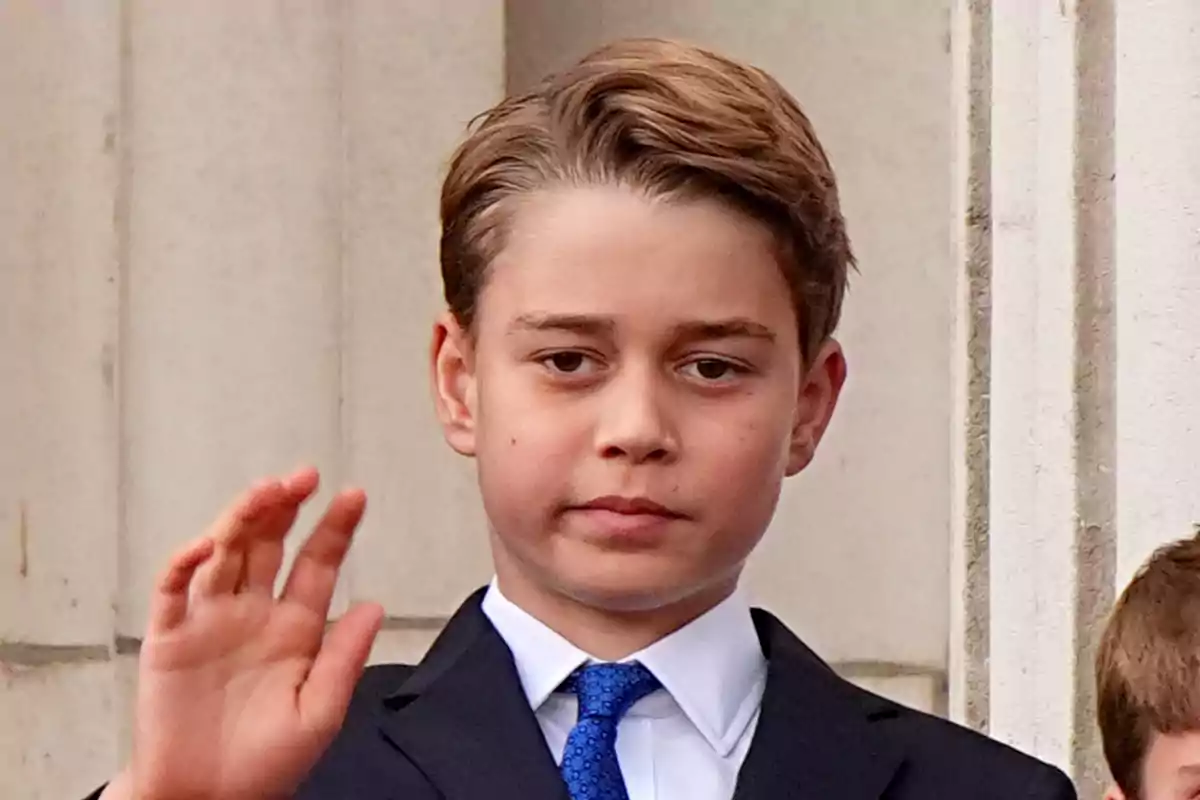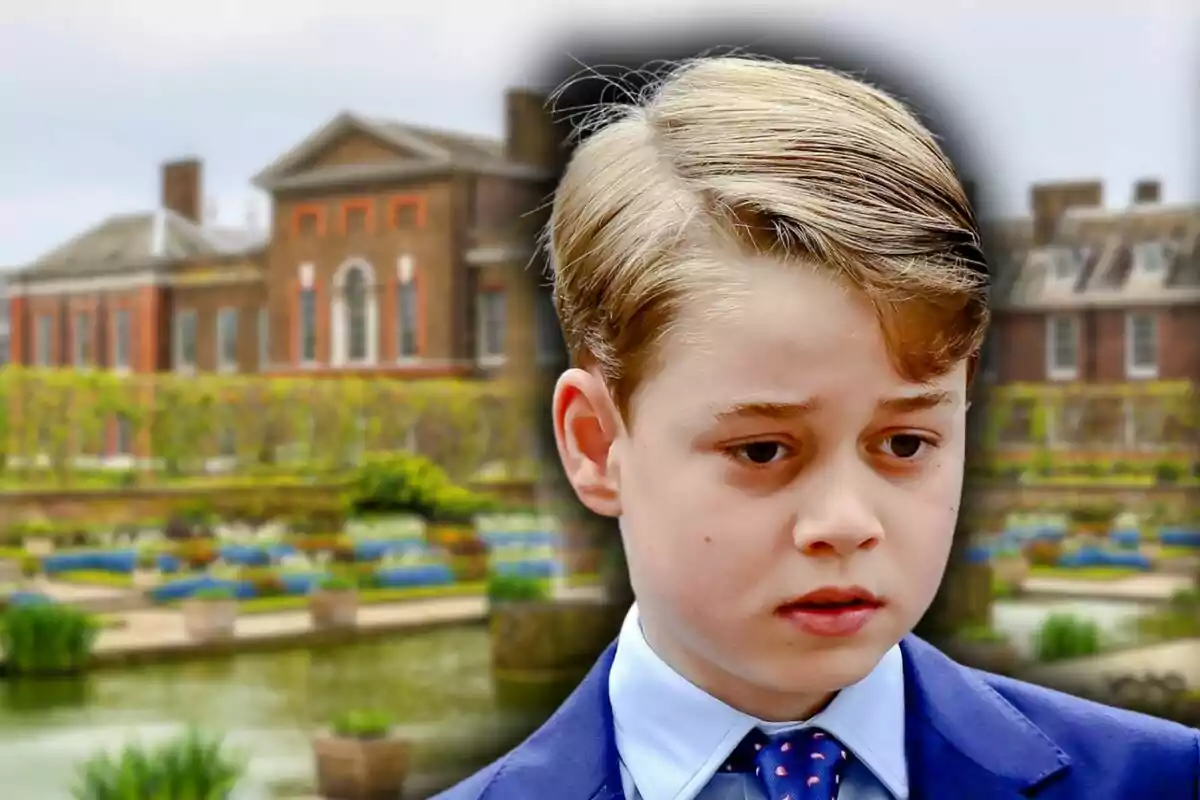The recent visit of the Prince and Princess of Wales to Balmoral has left an unexpected gesture from Prince George, which has caused confusion at Buckingham Palace. The family attended Sunday service together at Crathie Kirk, and what seemed like a routine image became a topic of debate due to a decision that breaks with old traditions.
On the way to the church, the Windsors showed an image of unity and serenity, but one detail did not go unnoticed. Kate Middleton smiled from the front seat, while William drove with a calm expression and their three children sat in the back. What exactly happened during that trip that has caused such a stir within the Royal Household?

Prince George breaks a royal rule by traveling with his father William
Every summer, the British Royal Family gathers in Scotland to keep alive the customs that Elizabeth II established at Balmoral. King Charles III and Queen Camilla, along with Princess Anne, accompanied the Prince and Princess of Wales in this highly symbolic liturgy.
The church of Crathie Kirk, located just a few yards (meters) from the castle, has for decades been the setting for these appearances that convey closeness and tradition. Kate Middleton offered an image of serenity and elegance in the passenger seat.
The three children, George, Charlotte, and Louis, wore coordinated outfits, reinforcing that image of unity that the Prince and Princess care so much about. However, behind that image, the arrival of the Prince and Princess of Wales and their children included a detail that shakes one of the monarchy's oldest protocols.
What drew attention at Balmoral was Prince George's presence in the same car as his father. According to a historic rule, the heir to the throne should not travel in the same vehicle as his firstborn, to avoid risks in case of an accident.
This protocol has been kept for generations since Queen Elizabeth II established it to protect the line of succession. The newspaper The Telegraph recalls that "the decision for them to travel together always belongs to the reigning monarch." In this case, King Charles III would have given permission, but the gesture has still surprised Buckingham Palace.
Although the rule has been relaxed in recent times, seeing William and George together on the same journey has sparked debate about the future of these measures. Should the monarchy keep customs that seem to belong to another era or adapt them to a more modern and flexible time?
A tradition marked by the security of the line of succession
The reason behind this restriction is clear: to ensure the continuity of the monarchy in the face of any eventuality. In case of an accident, the Royal Household seeks to prevent two direct heirs from traveling together.
Elizabeth II herself strictly kept this rule for decades, avoiding long trips with Charles. Over time, the measure was relaxed in family circumstances or on short journeys, but it has always been the king who makes the final decision.

Today, in the twenty-first century, the application of this rule becomes a symbol of the tension between tradition and modernity. For many, the gesture shows how William and Kate prefer to present themselves as a united family, even at the risk of breaking such a deeply rooted custom.
The gesture from Prince George at Balmoral has puzzled Buckingham Palace and reopened a debate that goes beyond the anecdotal. Between tradition and modernity, the British monarchy must decide which rules are essential for its stability and which can be adapted to new times. After all, every gesture from their heirs is a reminder that the future of the throne is at stake.

